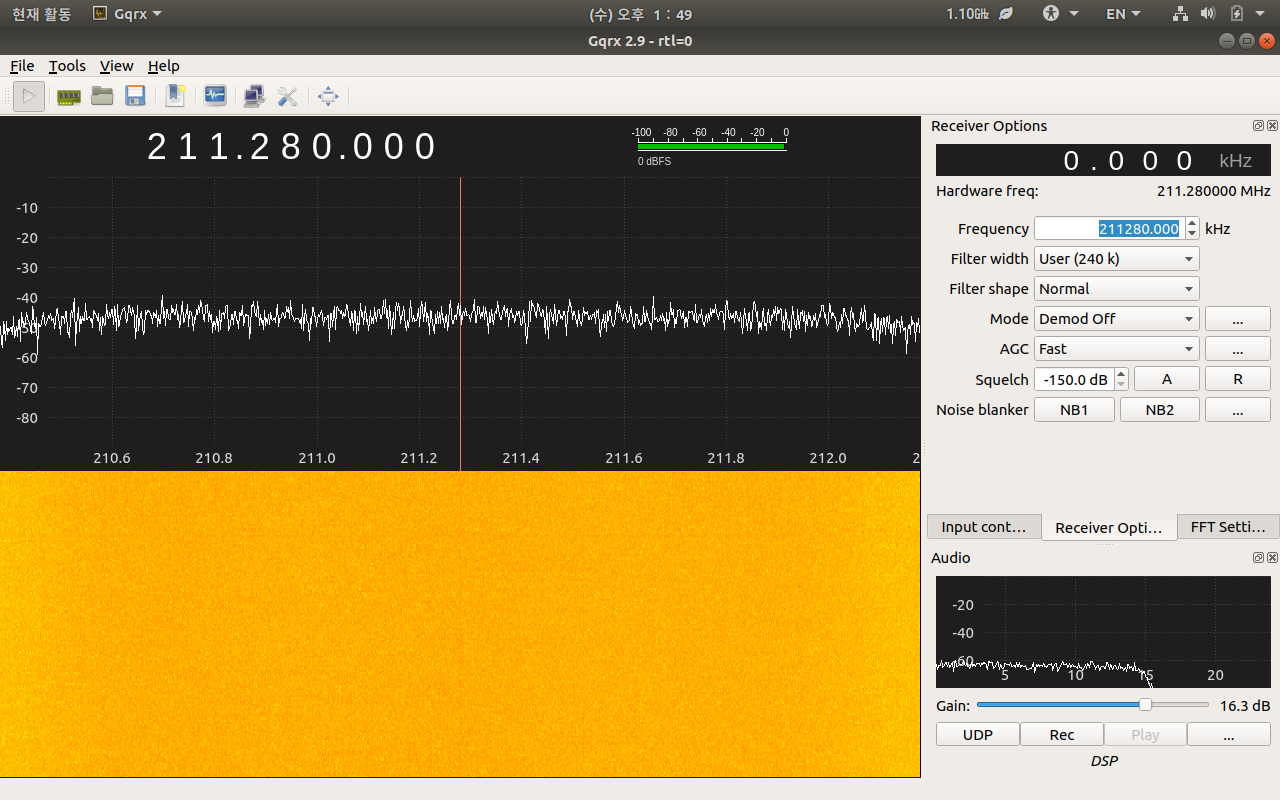3.2MSPS
87.8 ~ 89.1 ~ 90.4
1.4MSPS
88.5 ~ 89.1 ~ 89.7
샘플링이 높을수록 한번에 볼 수 있는 주파수가 넓어지는데 왜지?
그리고 1.4MSPS로는 노이즈가 들리는데 3.2MSPS에서는 완전 산뜻하게 들린다.
무슨 차이일까?
'프로그램 사용 > rtl-sdr' 카테고리의 다른 글
| blazeVideo HDTV Player (DVB-T) (0) | 2021.01.04 |
|---|---|
| RTL-SDR 튜너 분해(FC0012) (0) | 2020.09.07 |
| SDR# 설정관련 사용 설명서 (0) | 2020.09.06 |
| RTL-SDR 의문점 (0) | 2020.09.05 |
| RTL-SDR 용 MCX 안테나 도착 (0) | 2020.09.04 |




















